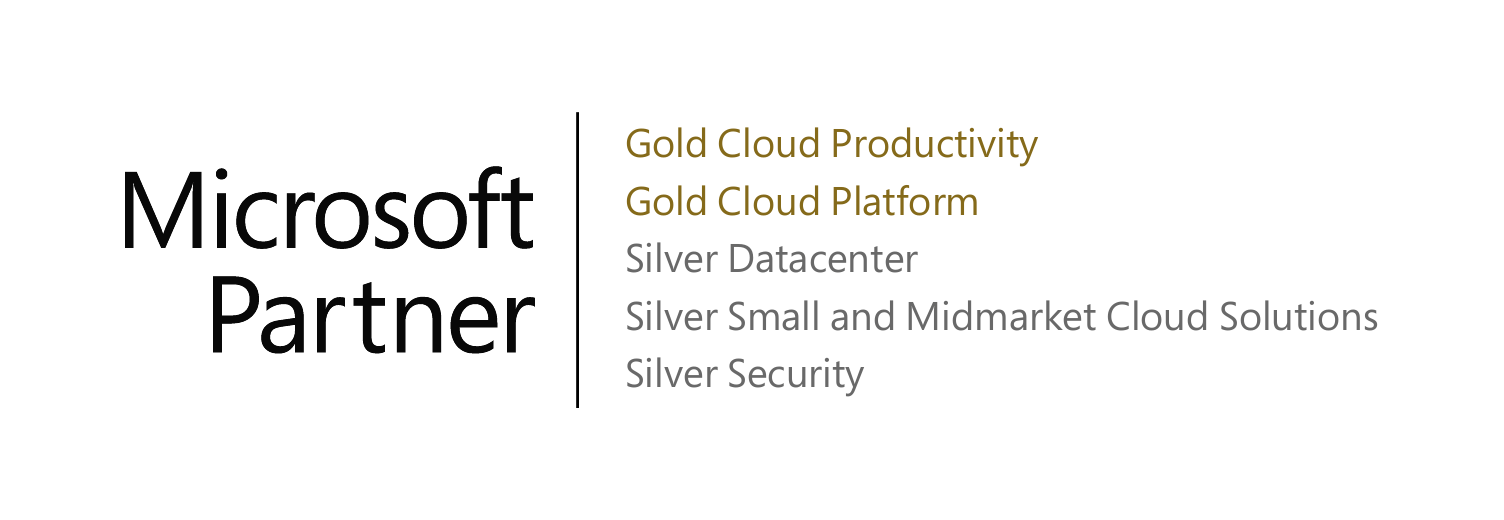The trend of companies moving to the cloud has been steadily growing over the past few years. As of 2022, 94% of companies now use cloud services, with an estimated 67% of enterprise infrastructure now cloud-based. This growth is expected to continue in the coming years and is driven by a desire to increase efficiency, reduce costs, and improve flexibility and security.
If you’re considering transitioning part or all of your business’ applications to the cloud, the process can seem a bit overwhelming. Migrating requires careful planning and execution to avoid potential pitfalls and maximize benefits. But getting started with the cloud is a relatively simple process involving a few key steps. In this blog post, we will explore some key considerations that businesses should keep to implement cloud-based solutions successfully.
Assess your Needs and Goals
Before getting started, you need to understand why your business needs to move to the cloud, and what you want to achieve with it. Companies can sometimes get so caught up in the idea of migrating that they don’t really spend the time to think through the details and define specific desired outcomes. This involves identifying what applications and workloads will be moved to the cloud, what benefits you hope to achieve, and what challenges you may face during the migration process. This will help you choose the right cloud service provider and tools to suit your needs.
Learn About Cloud Tools and Services:
The “cloud” is a big place. Understanding all of the options that are available takes some time and effort. Cloud providers offer a range of tools and services that you can use to manage your resources, including storage, computing, and networking. These tools and services can be complex, so it is important to familiarize yourself with them before getting started.
Choose the Right Cloud Provider and Implementation Partner
Choosing the right partner may be the most critical piece of a successful migration. Businesses should consider factors such as the provider’s experience and reputation, service level agreements, data security and compliance, pricing and billing models, and support and training options. It is important to choose a provider that offers the right mix of services, features, and pricing to meet your specific needs.
Develop a Migration Plan
Success is often determined before you even begin the actual migration process. That means developing a detailed migration plan that outlines the steps involved in the migration process, including timelines, resource requirements, and contingencies. Make sure to involve all stakeholders in the planning process to ensure everyone is aligned and prepared for the migration.
Test Your Plan
After developing a plan, test and then re-evaluate the plan. For example, make sure to check how your proposed plan will affect database performance and application response time for your customers. Also make sure you anticipate how users in various departments may be impacted by the planned changes. People often overlook collaboration tools like Teams or Go-to-Meeting, so make sure these tools will work in your new environment. That’ll help you minimize the potential for unintended consequences on existing processes and workflows.
Prioritize Data Security and Compliance
Data security and compliance should also be critical considerations. Businesses should ensure that their data is secure and protected, both during the migration process and after the migration is complete. This involves implementing robust security measures, such as encryption, access controls, and monitoring, and ensuring compliance with relevant regulations and standards.
Learn as you go:
Cloud computing is a constantly evolving field, so it’s important to approach it with a learning mindset. It's not something you do once and then forget about it. Take advantage of online resources, such as documentation and tutorials, to learn about new tools and services and how to use them effectively. Once your initial migration is complete, you will need to optimize and manage your cloud environment to ensure you’re getting the most out of your investment. This means actively monitoring and managing performance, optimizing costs, and ensuring that the cloud environment is scalable and flexible.
While getting started can seem like a daunting task, migrating to the cloud can be a game-changer for your business. Simply take it one step at a time and you’ll begin reaping the benefits you’re looking for while minimizing risks and challenges, enabling you to improve competitiveness, increase agility, and become more resilient in an increasingly digital world.
IT Disaster Recovery Downtime Calculator
Downtime can be devastating.
Do you know how much a potential IT incident would cost your organization?
Find out now by using our simple Downtime Cost Calculator.




